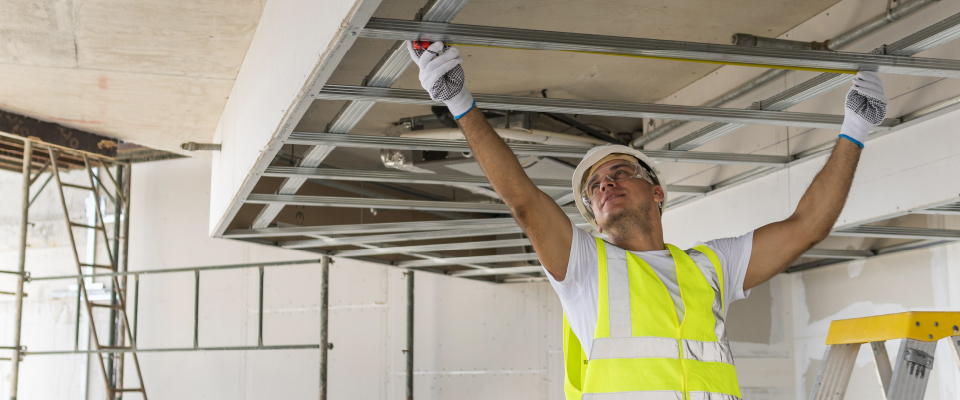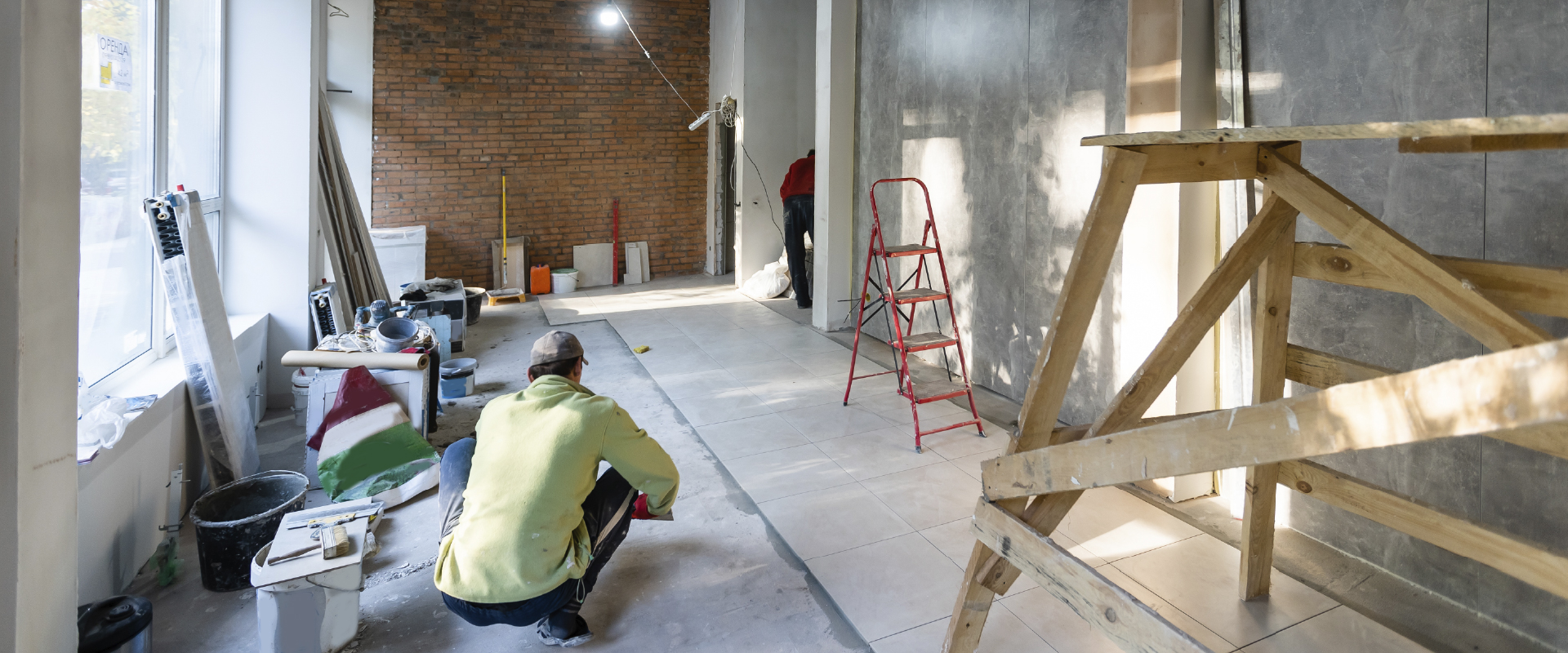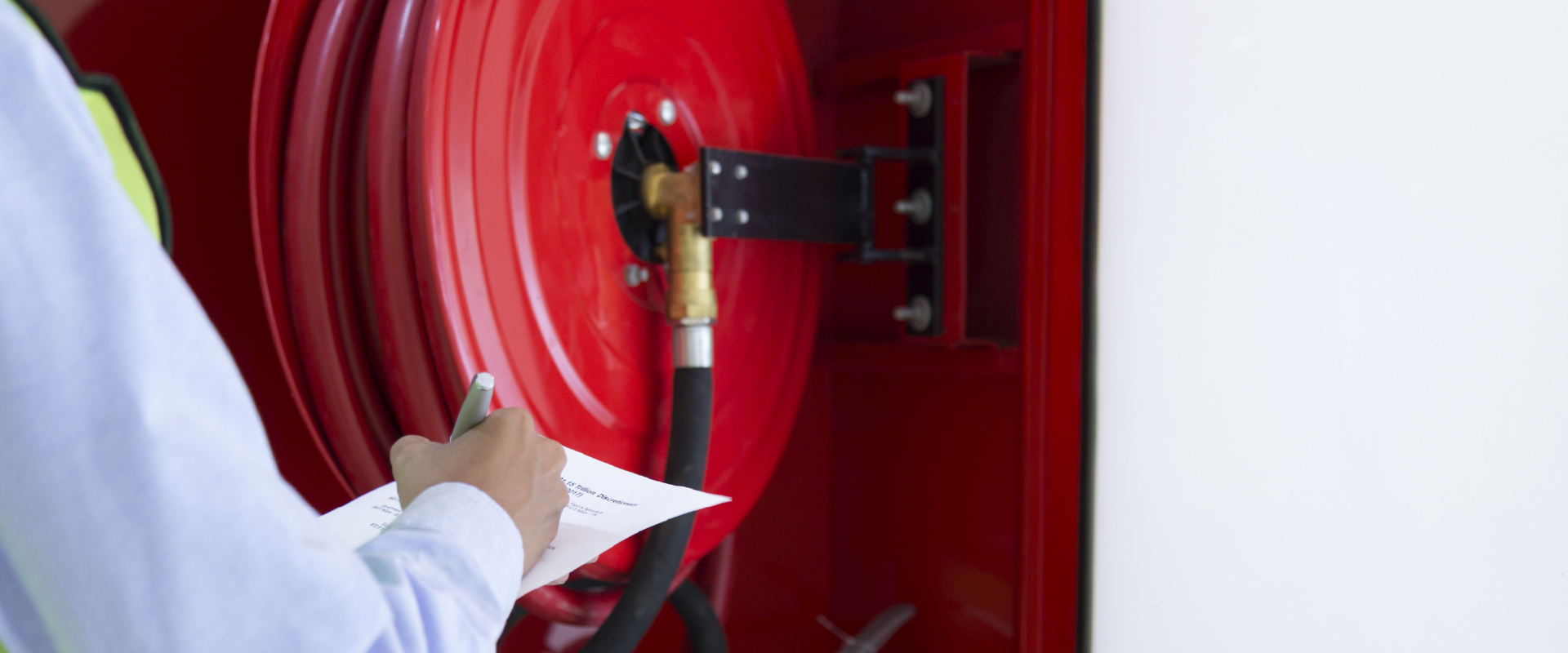Water damage, whether gradual from leaks or sudden from floods, can severely compromise a building’s integrity, and heavy rain, snowmelt, or any other source of water intrusion can lead to expensive repairs. Swift action is critical to prevent further losses, protect your property value, and minimize downtime.
Let’s look at the various considerations around water intrusion in buildings and how professional water damage restoration companies tackle the problem. You’ll learn about common challenges and best practices during the remediation process, as well as how to ensure trustworthy, fast, and comprehensive restoration services.
First, Respond to a Water Incident Quickly
Action Steps
If you’re dealing with a flood or other emergency, don’t delay calling for expert help to assess and begin remediation. Full-service water damage restoration companies will handle all the steps below on your behalf.
In addition, there are a few things your building or maintenance team may be able to do right away, if it’s safe to do so:
- If the water source is internal, turn off the main supply to halt additional flooding.
- Move furniture, equipment, and valuable items to a dry area to prevent further damage.
- Use floor squeegees, pumps, or wet-dry vacuums to remove standing water if it's safe to handle electrical equipment.
- Increase ventilation by opening windows and using fans to facilitate drying, weather permitting.
- Document the extent of the damage with photos and notes for insurance purposes.
- Call your insurance company and follow their instructions.
Chronic Water Damage: A Silent Threat
Even when the problem seems minor or not particularly urgent, there may be unseen dampness or mold growth that should be handled right away. In truth, neglecting any signs of water damage in your commercial property is more than an oversight—it can lead to structural problems and significant financial losses.
Unresolved water intrusion commonly leads to:

- Wood rot: Wooden structures become weak as they rot, a condition exacerbated by persistent moisture.
- Corrosion of metal supports: Steel and other metals that support your building can corrode, reducing their strength and stability.
- Concrete deterioration: Water can slowly erode concrete, resulting in cracks and spalling.
- Mold and mildew growth: Over time, mold can eat away at various materials, causing damage and potential health risks.
If you want to keep your building safe and sound for years to come, consider calling an experienced water damage restoration company to request an estimate.
Elements of the Water Damage Restoration Process
Dealing with the hassle of water damage and wanting it to be over yesterday? That’s understandable. But to minimize the chances of sloppy work or surprise delays, you also want to make sure your contractor follows a detailed, step-by-step process so you get both speed and quality work.
A Thorough Restoration Process Includes:
- Initial Contact: Call your professional restoration service provider’s emergency hotline at any time of the day or night. Top contractors offer 24/7/365 assistance.
- Detailed Inspection: A professional restoration crew will carry out an in-depth assessment to categorize and classify the damage, from identifying the water source to evaluating contamination levels.
- Water Removal: Technicians remove the bulk of the water using high-powered pumps and vacuum units. This step is carried out promptly to mitigate secondary damage.
- Drying and Dehumidifying: After the majority of the water is extracted, the cleanup crew deploys specialized equipment to dry the remaining moisture, often hidden in walls or beneath flooring.
- Cleaning and Sanitizing: Affected areas and items are cleaned, disinfected, and deodorized to prevent mold and bacterial growth.
- Restoration and Repairs: The final phase involves restoring the building to its pre-damage condition, which may include minor repairs, such as replacing drywall, or it may entail significant reconstruction of entire rooms or areas.
With timely and professional intervention, you can reduce the extent of the damage and prevent further destruction that could ultimately compromise the commercial building’s structural integrity.
Is Your Damage Covered? Dealing with Water Damage Insurance Claims
Even if you’ve made yourself familiar with the terms of your insurance policy well before disaster strikes, there is a lot to keep in mind, especially in a high-stress situation after a disaster or other large loss.
Commercial Property Insurance Coverage for Water Damage
Sometimes, what is and isn’t covered in your commercial property insurance policy is not so cut and dry. As a rule of thumb, commercial property insurance policies cover losses caused by sudden events like a burst pipe or rainwater intrusion, while flooding may require a separate policy.
Health and Safety Considerations During Water Damage
When dealing with water damage in a commercial setting, your restoration contractor will ensure their cleanup crew is protected from the health hazards of water damage. If you’re a building owner or facility manager, the safety of any onsite customers and employees is an important consideration for you.
Employee protective measures and best practices to minimize risk:
- Relocation: Temporary relocation of business operations may be necessary to prevent exposure to health hazards. Ask your trusted contractor for best practices to safeguard the safety and security of your employees and customers.
- Communication: Keep open lines of communication, informing all stakeholders of restoration progress and health advisories. Some full-service contractors assign a project manager to coordinate all communication on these topics.
- Building Inspections: Have a professional inspect the premises to certify that the building is safe for reoccupation. Your contractor should handle all necessary inspections and permits.
- Sanitization: Before anyone returns, ensure thorough sanitization to eliminate all potential health risks. This is another responsibility of a reputable building contractor.
Thoroughly vet your shortlist of water damage restoration contractors to understand their processes around safety and cleanup as well as their overall service promise.
Water Damage Prevention Tips
Something that can help if you experience sudden water infiltration is to have a contingency plan in place. If your building is flooded due to a storm or other disaster, an emergency response plan tailored to your building’s unique needs and local environment helps protect your property and streamlines the recovery process. Include key contacts, procedures for various scenarios, and an evacuation plan. Ensuring that your team is prepared with drills and education can save time, resources, and stress when faced with water damage.
Remember, the key to effective water damage control is preparation. Don’t wait until you’re ankle-deep; be ready with your emergency response plan.
Protect Your Commercial Property from Water Damage With a Reputable, Experienced Contractor
Water damage can strike your commercial property from many angles, whether it’s a natural disaster or a chronic plumbing leak. It’s clear that taking quick action and having a solid prevention plan are key to minimizing damage and costs.
Thoroughly research the contractors you’re considering; learn about their processes and what services are included beyond the initial cleanup. Will they assign a dedicated project manager to be your sole point of contact throughout the process? Handle all permits and inspections? Do they use high-quality materials? Will they do all the work necessary until the building is safe to occupy again? These are all important considerations when choosing a water damage restoration contractor you can trust.
With the right partner on your side, the restoration and insurance claim processes will become easier, and the hassles of dealing with a damaged building will end faster so you can reopen your doors for business again.
Don’t delay treating water damage. By choosing professional restoration services, you’re not just fixing dampness or leaks—you’re preserving the health of your building and ensuring a safe environment for everyone inside.



